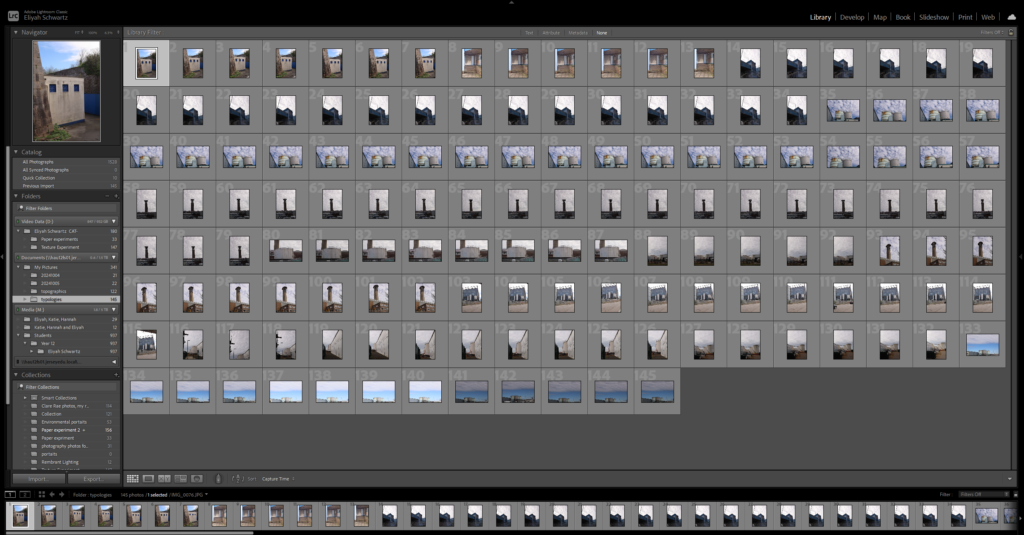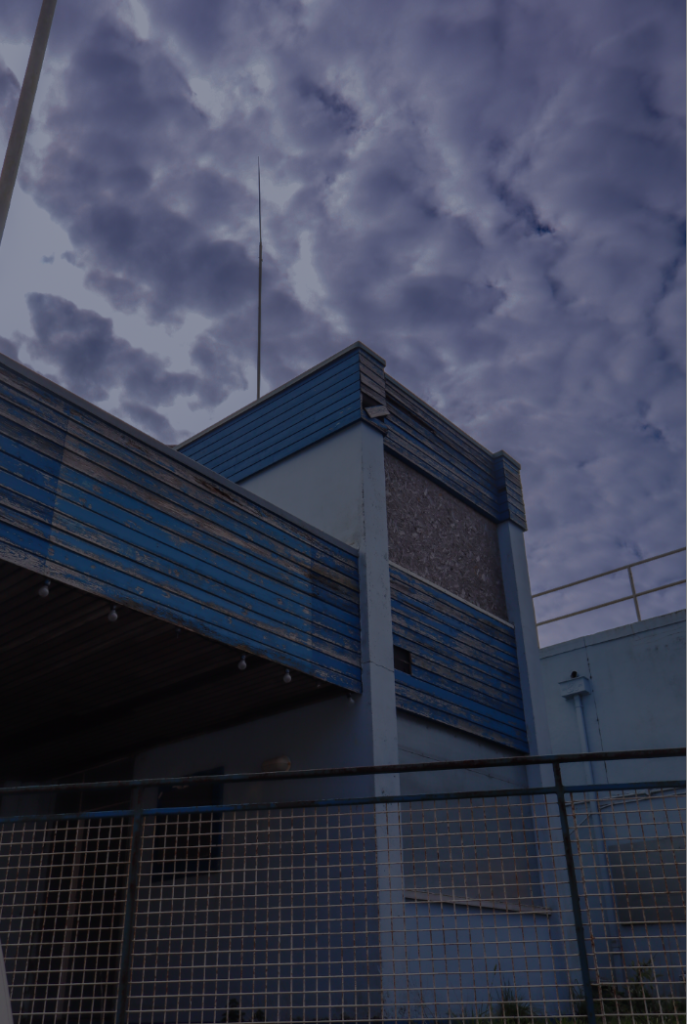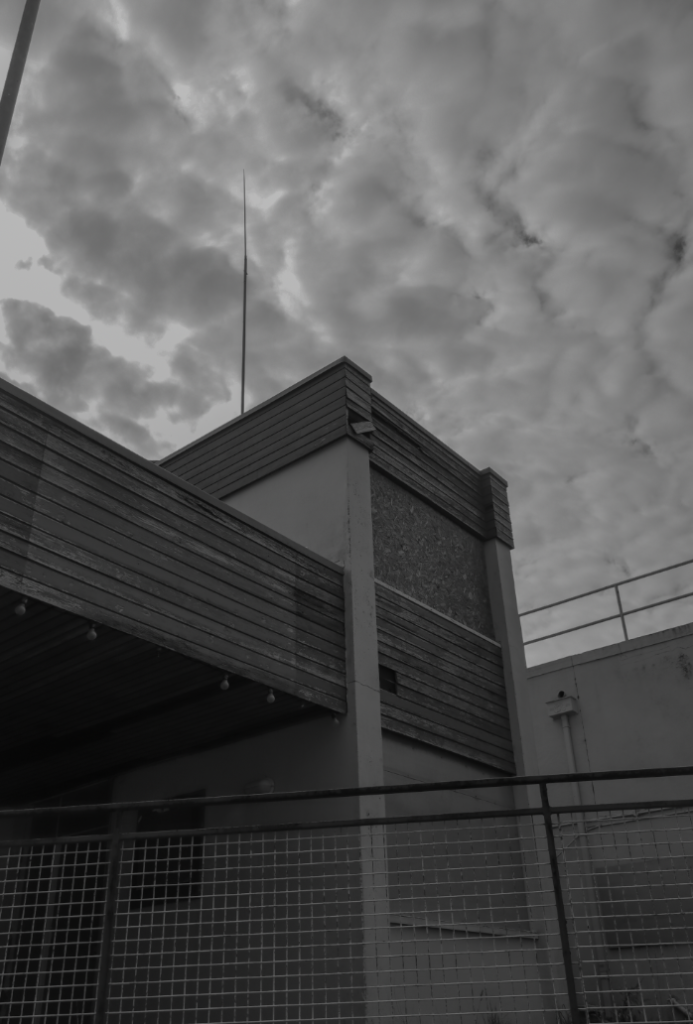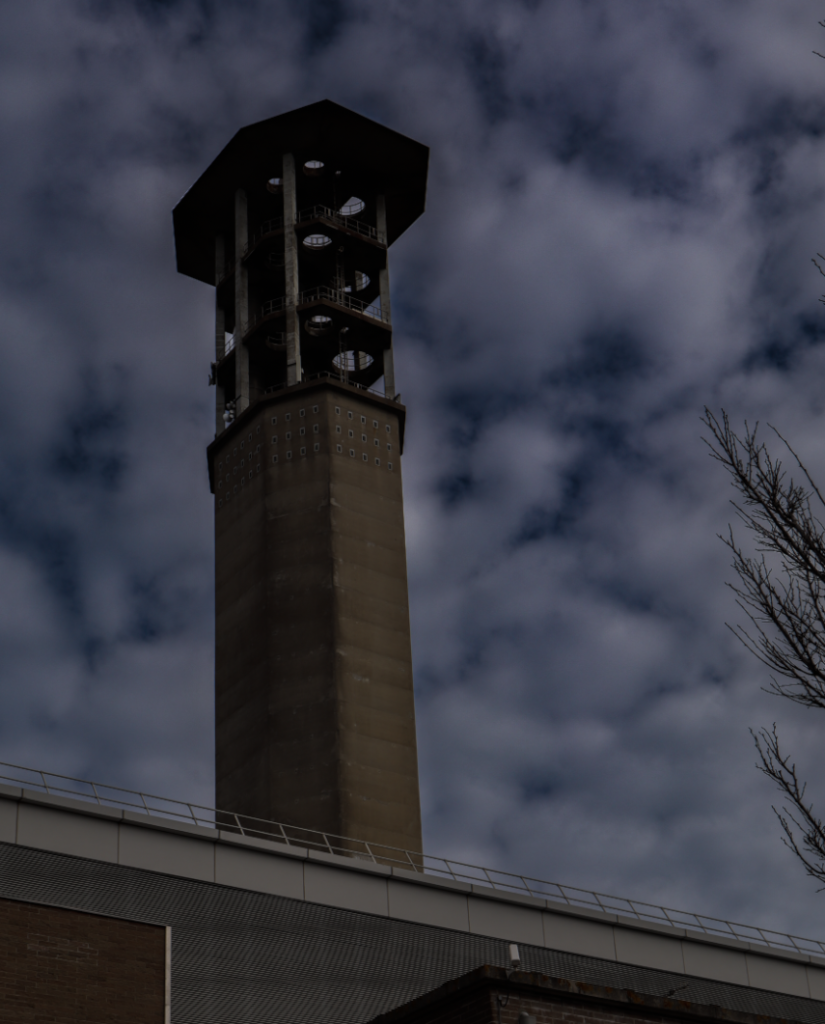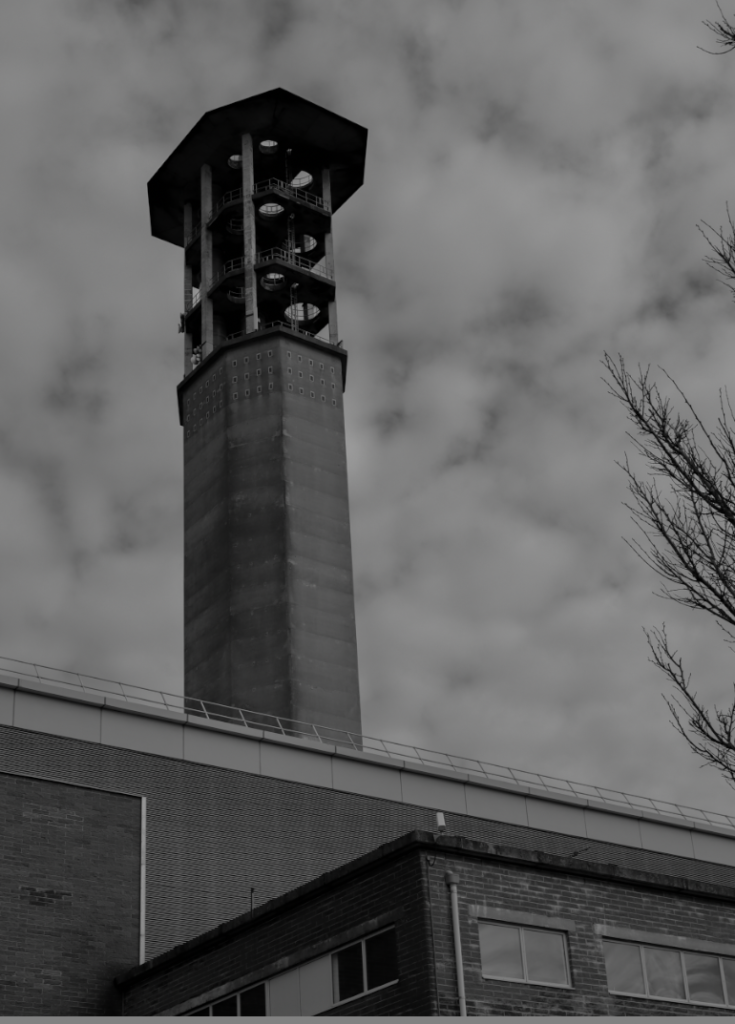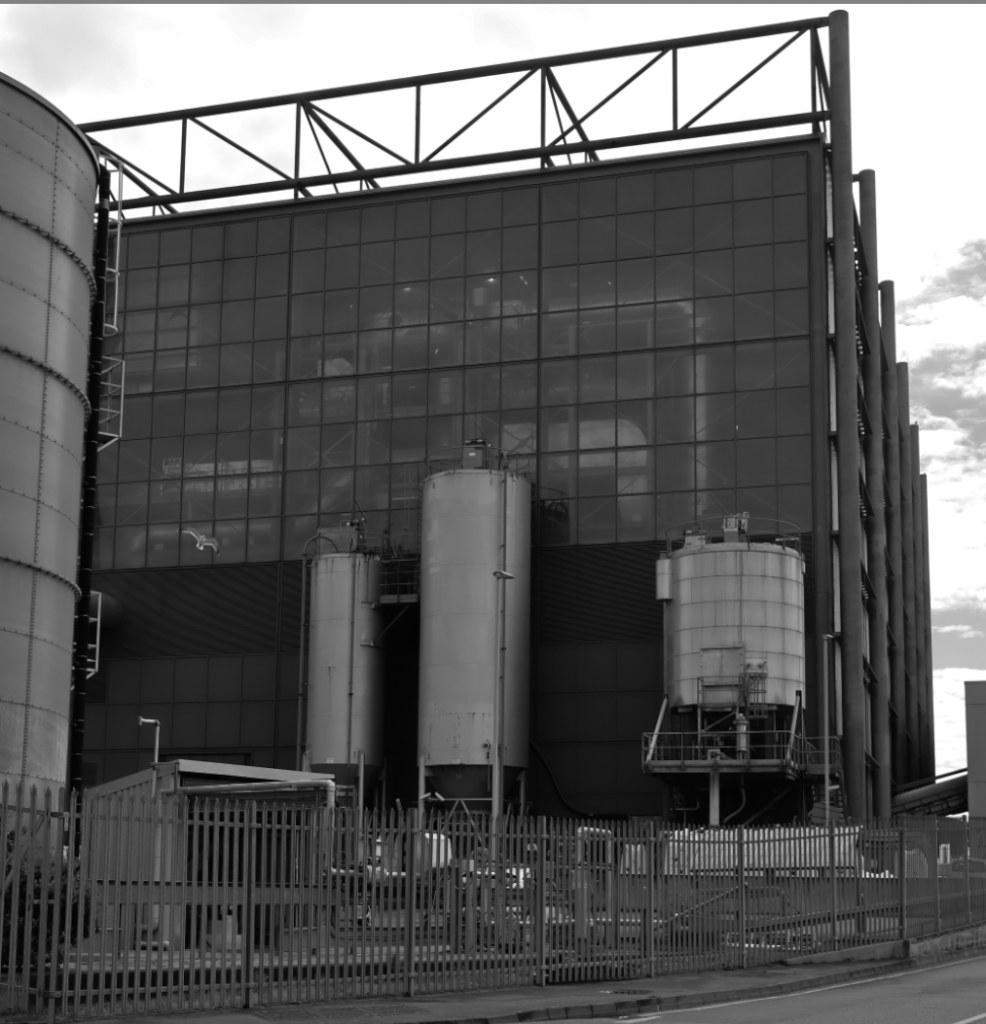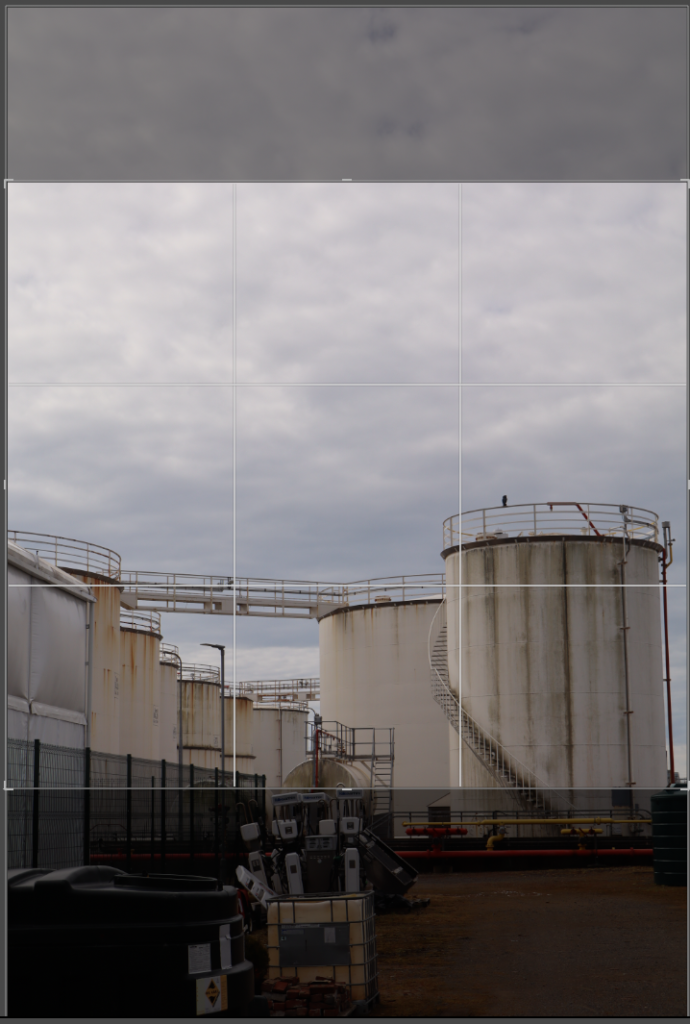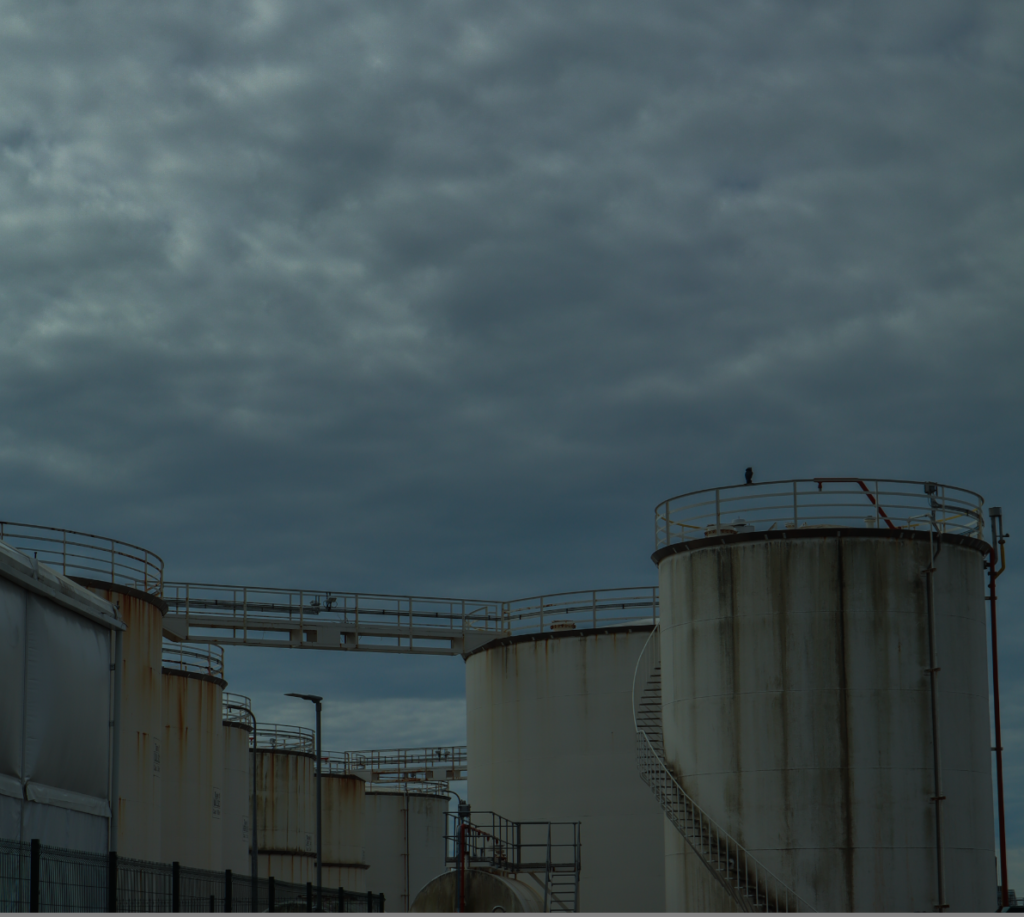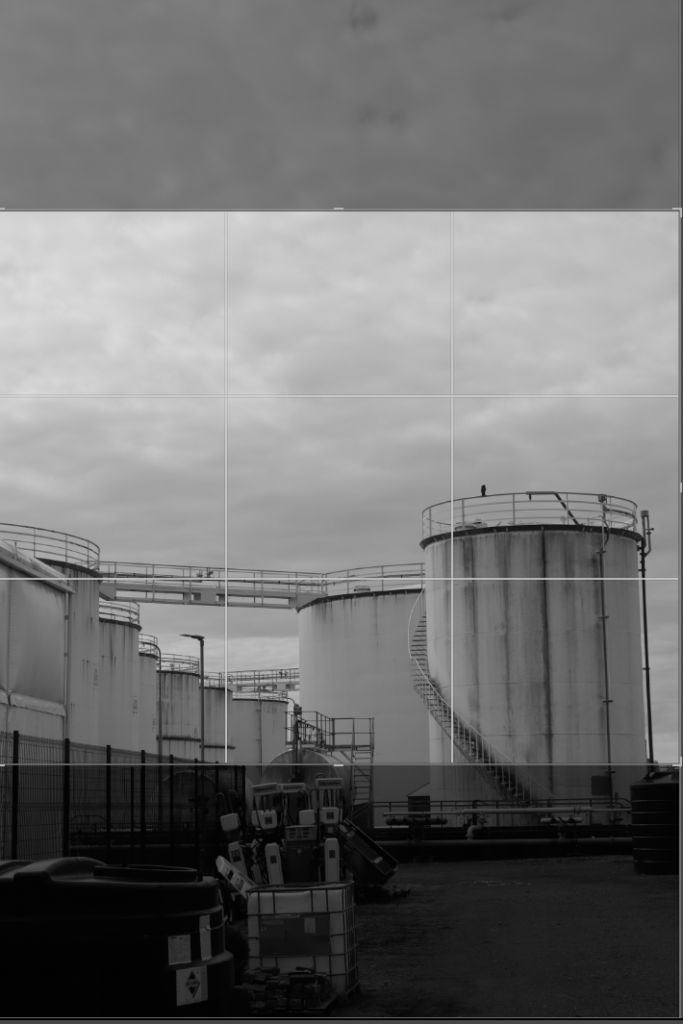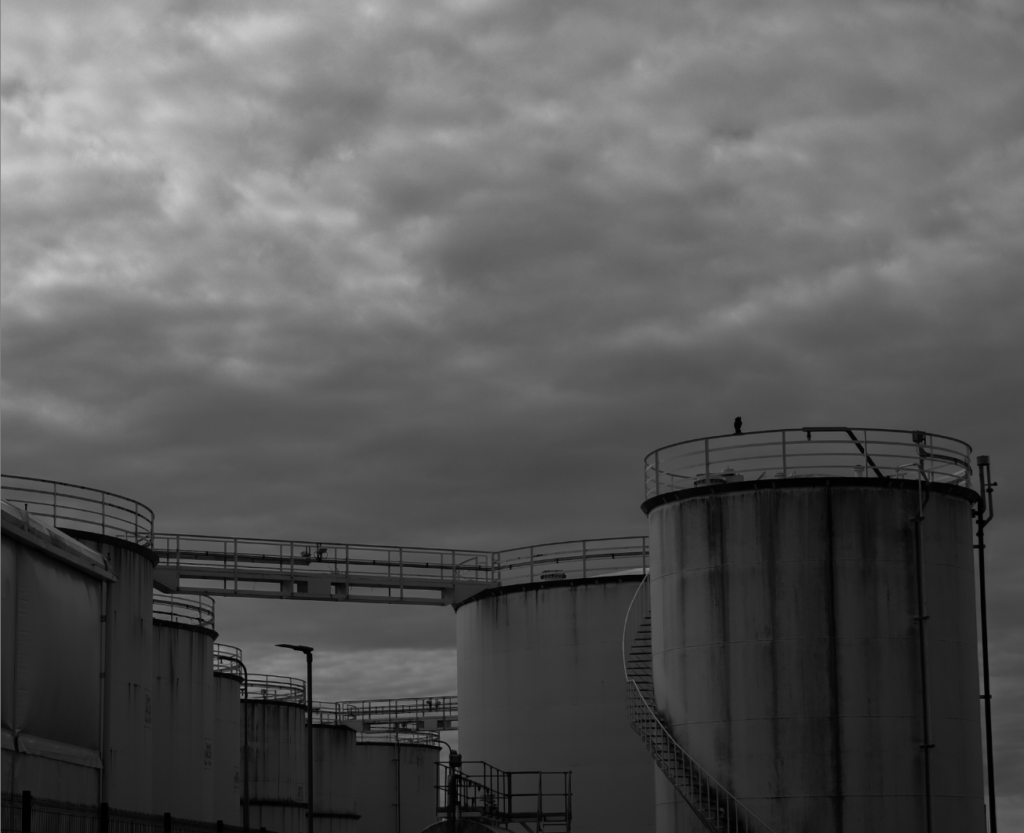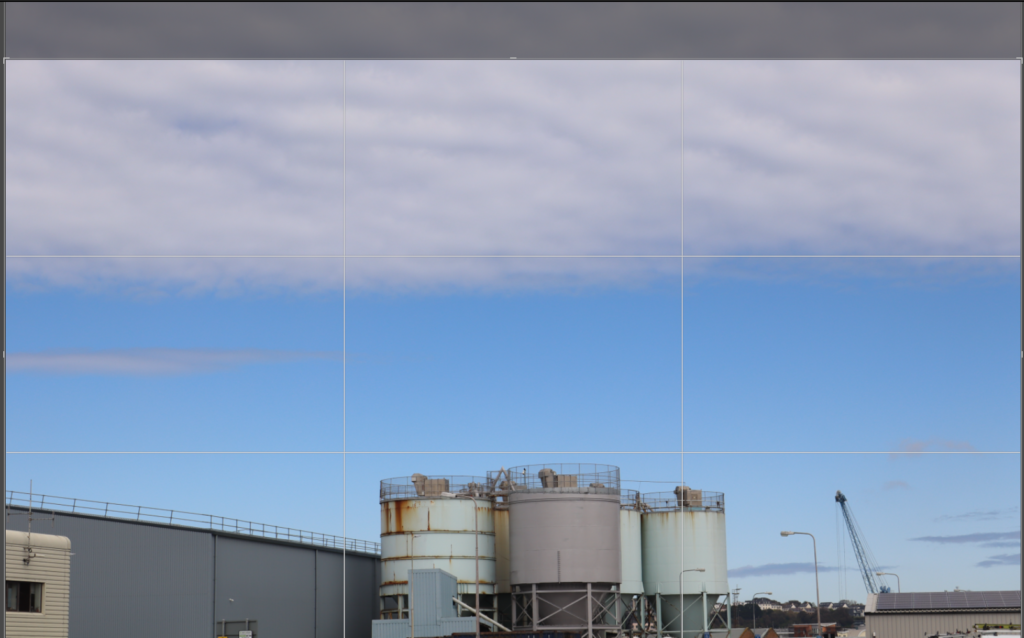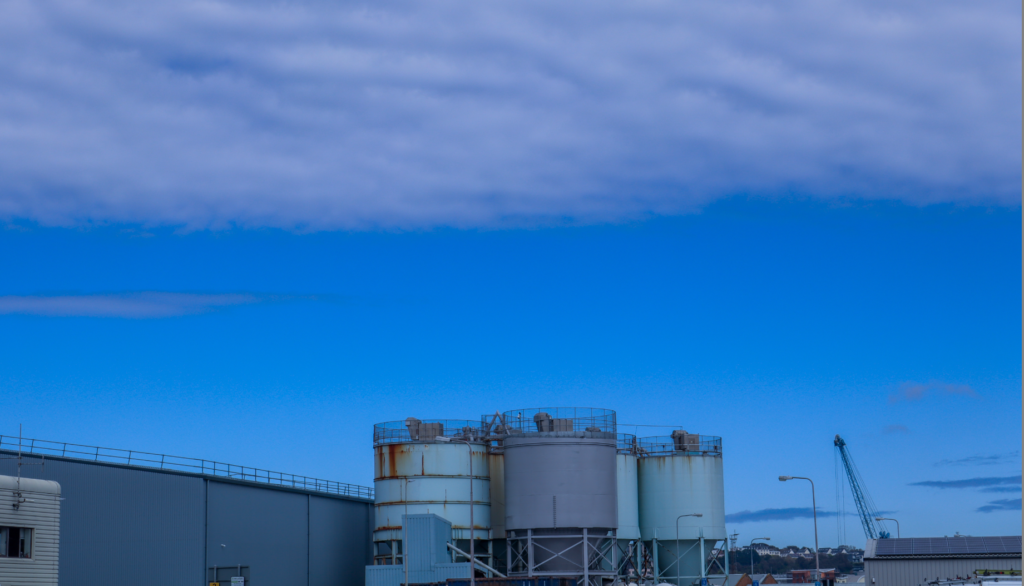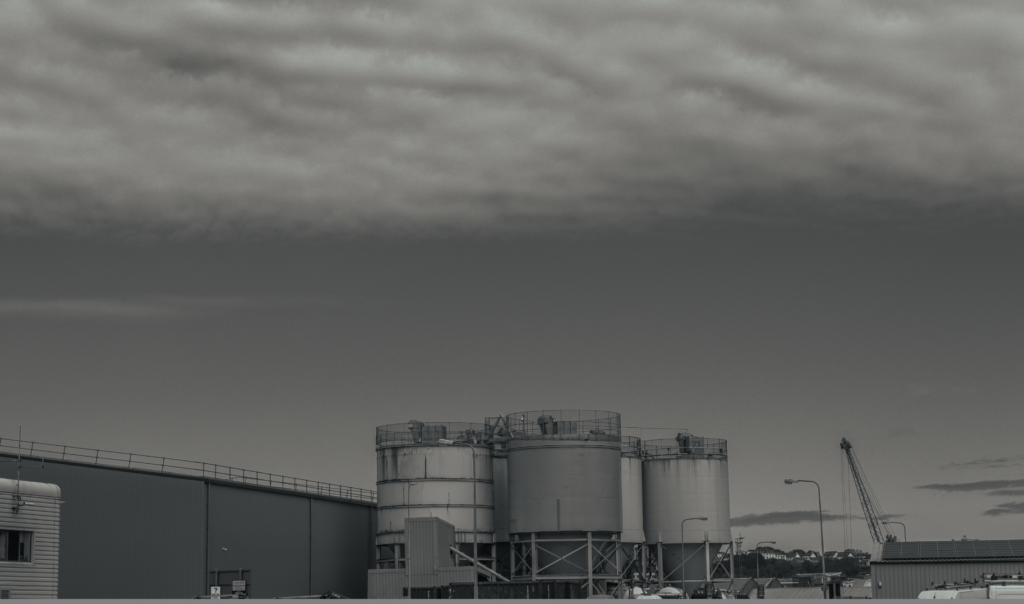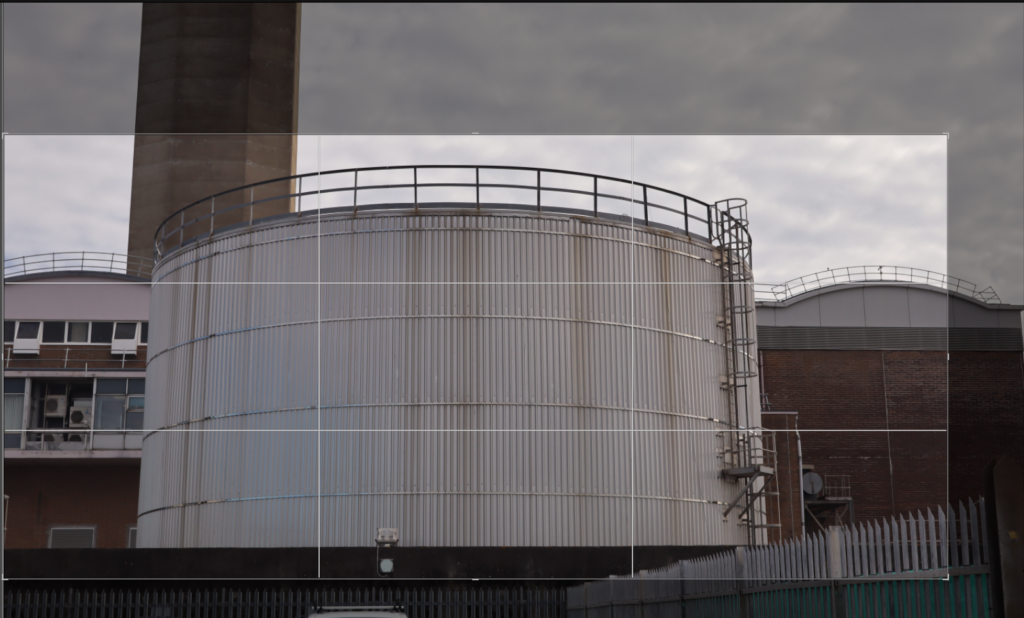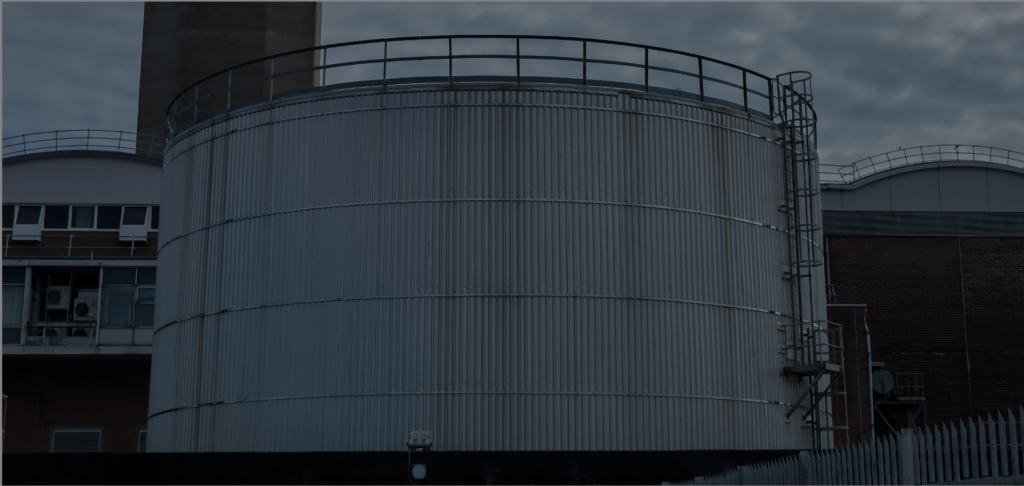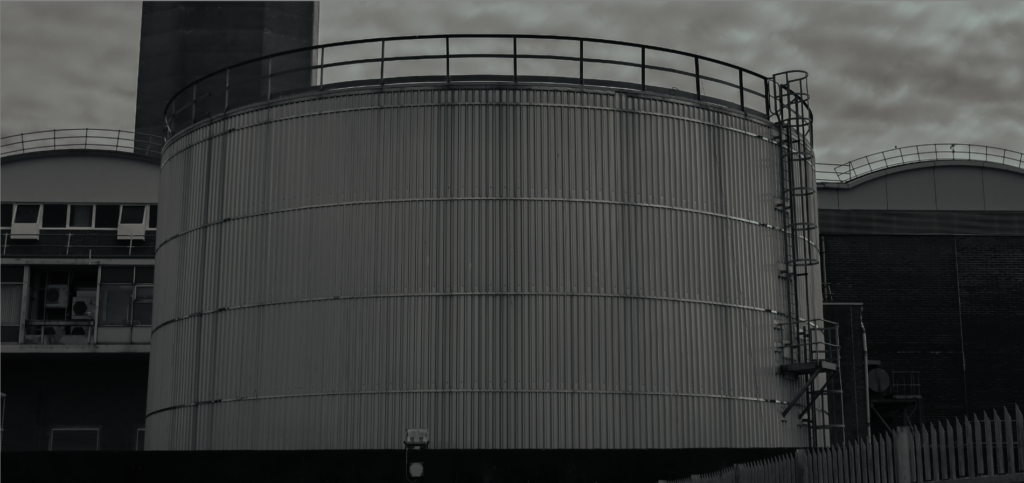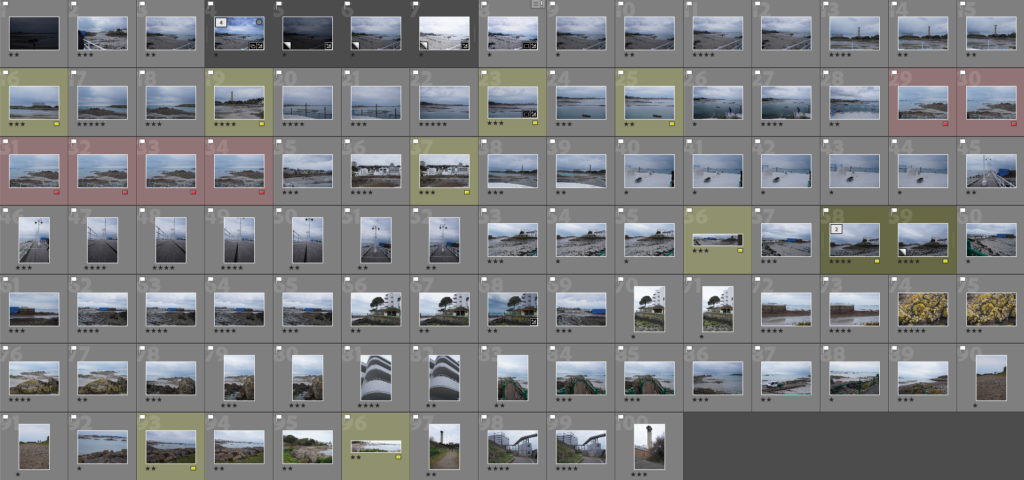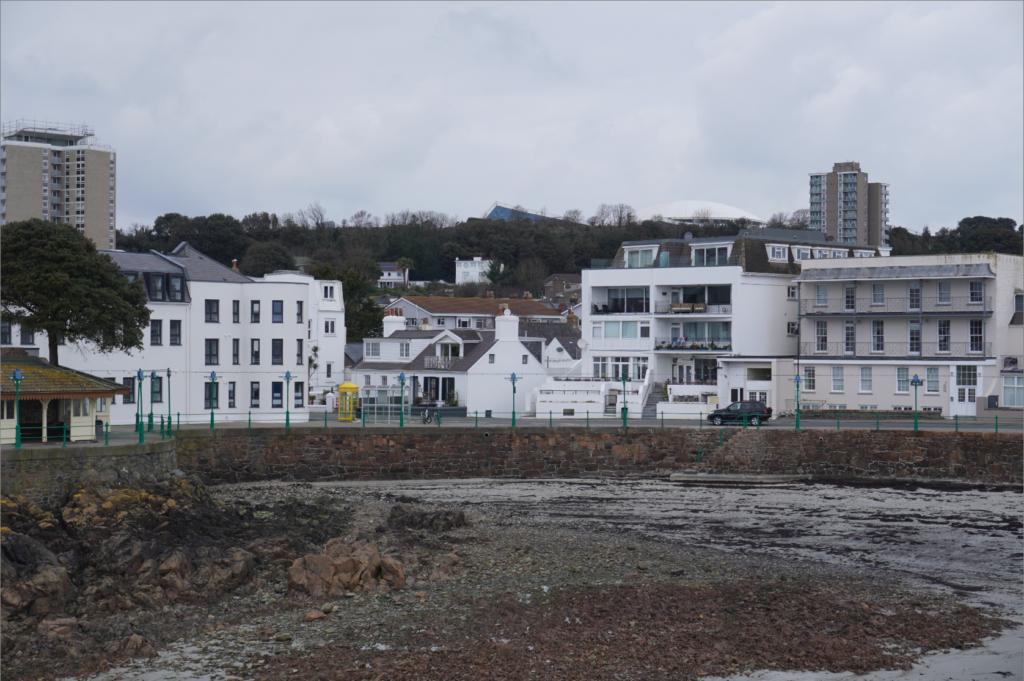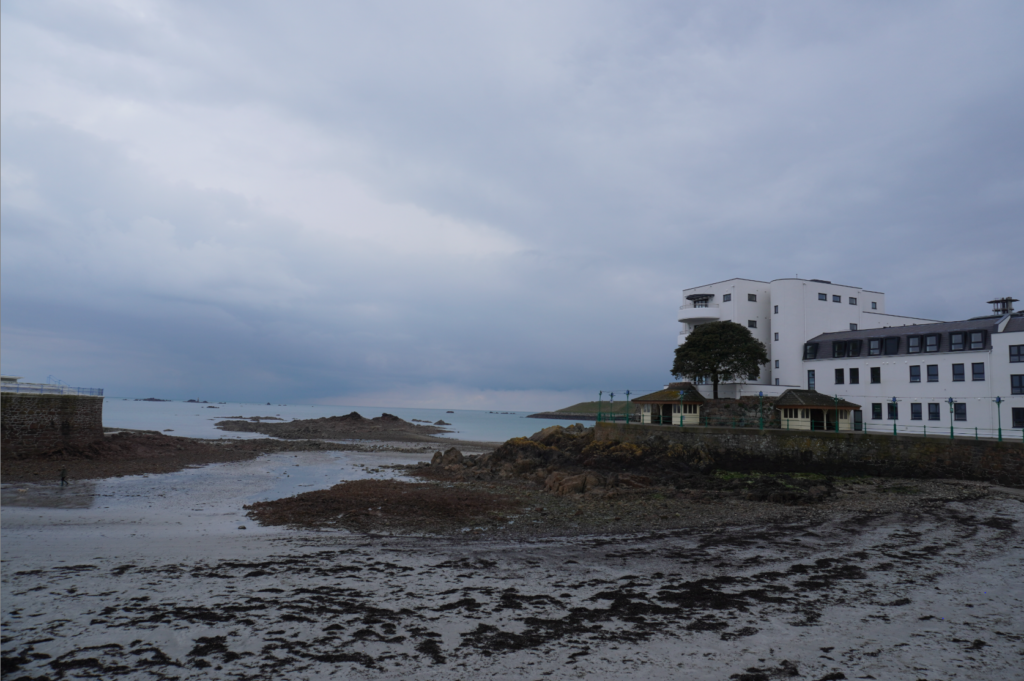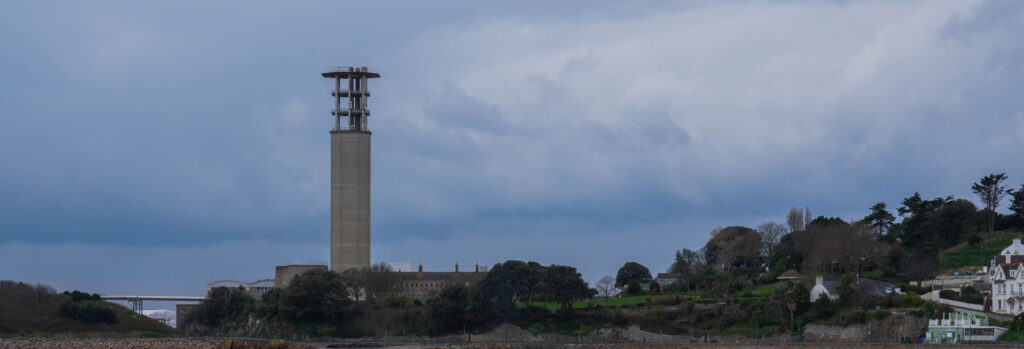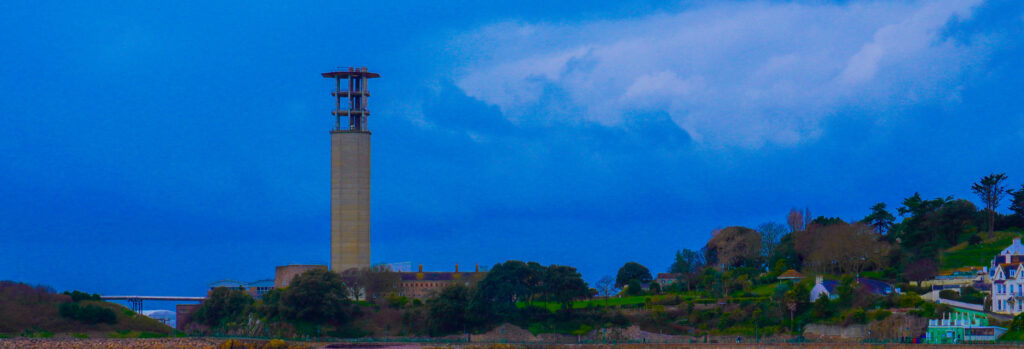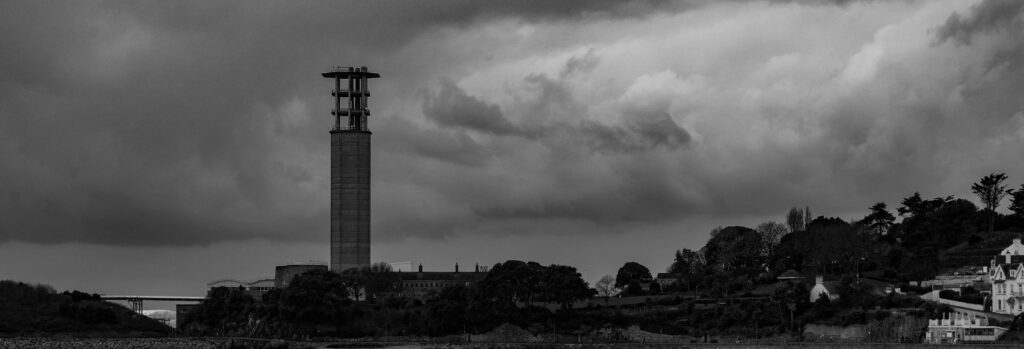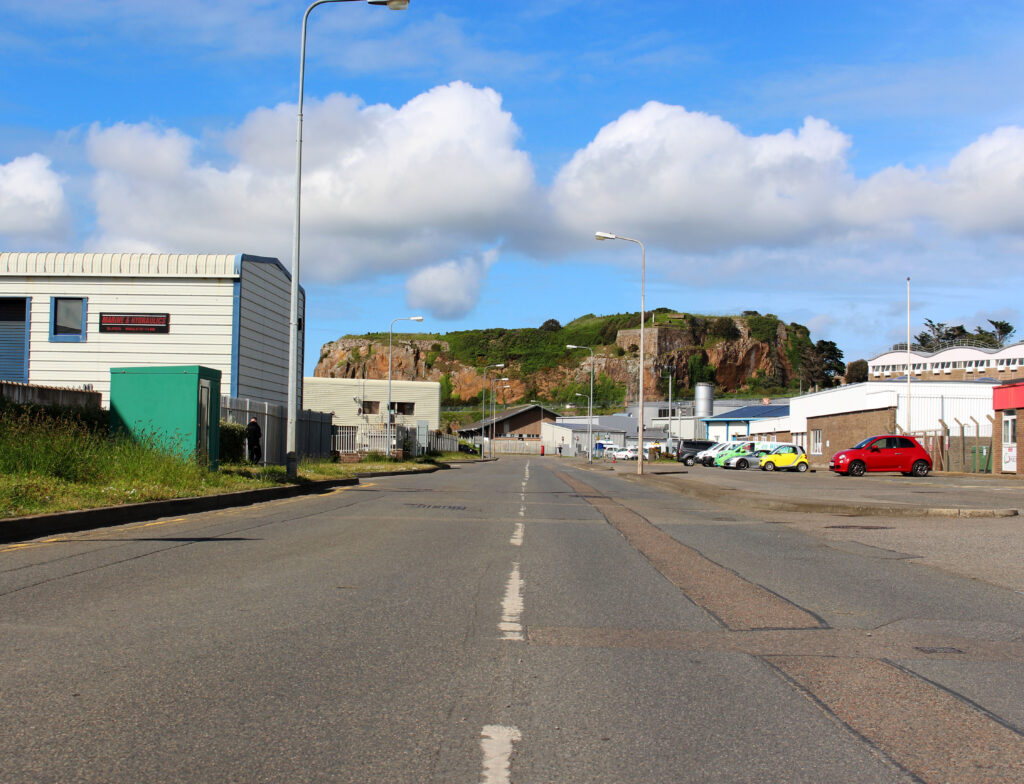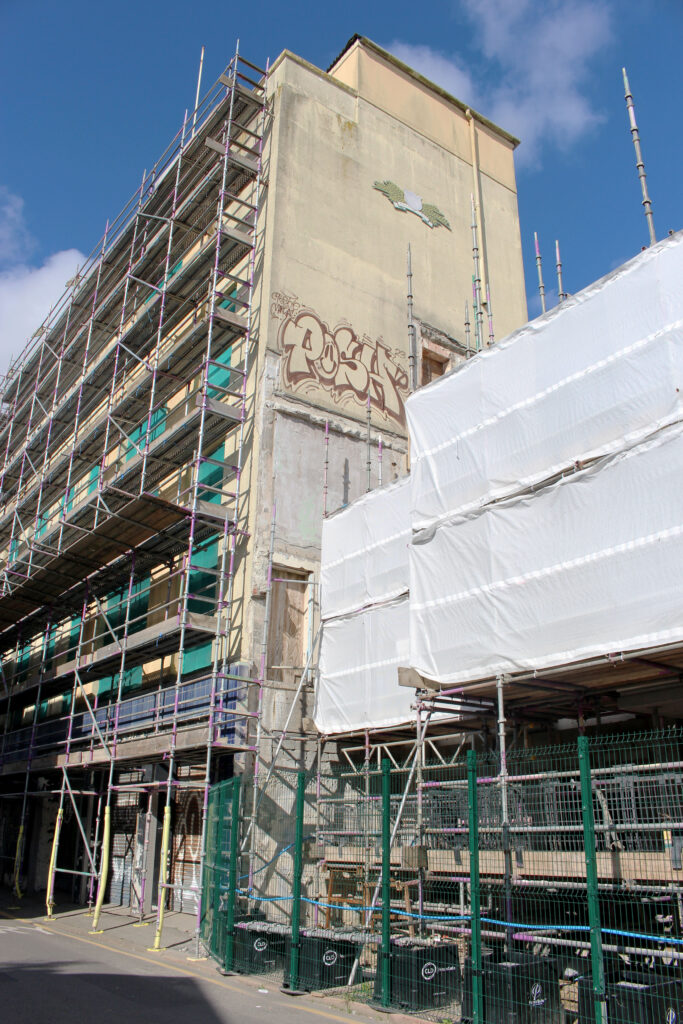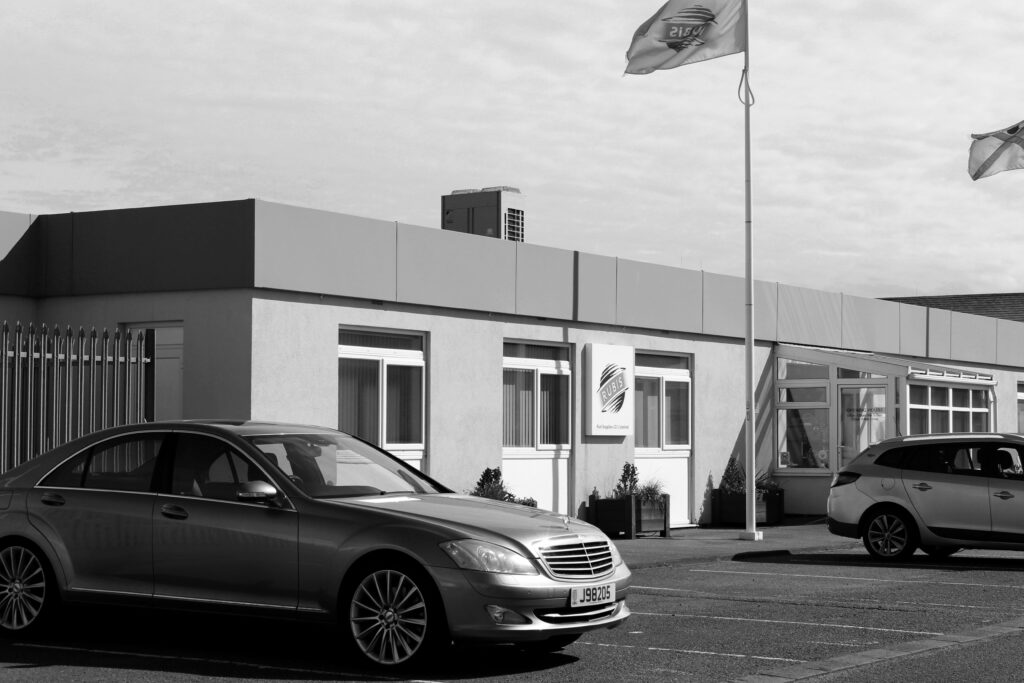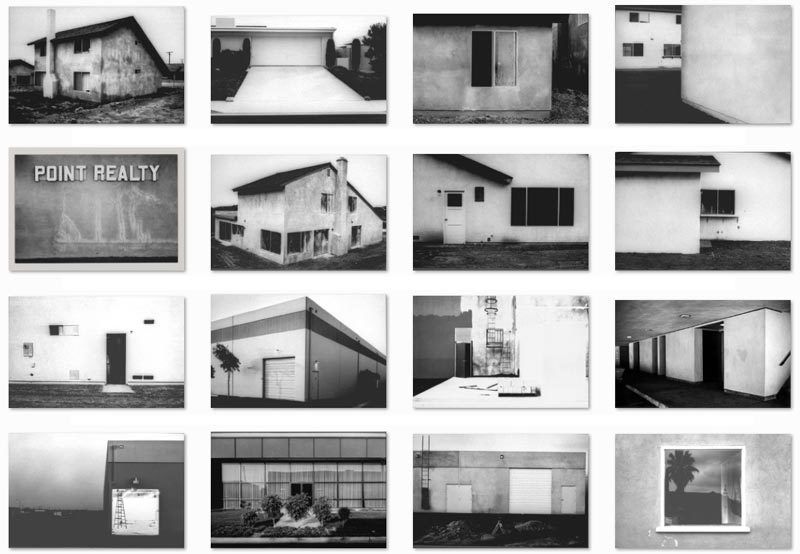What is a typology in photography?
A photographic typology is a single photograph or more commonly a body of photographic work, that shares a high level of consistency. This consistency is usually found within the subjects, environment, photographic process, and presentation or direction of the subject.

What is the method or approach by photographers who use typology?
Through the methodical photography and presentation of a specific subject or theme, a typological photographer makes a space that invites a viewer to simultaneously identify both consistencies and distinctions in a series, building up a more nuanced whole. The typology is a genre built on differences and correlations.
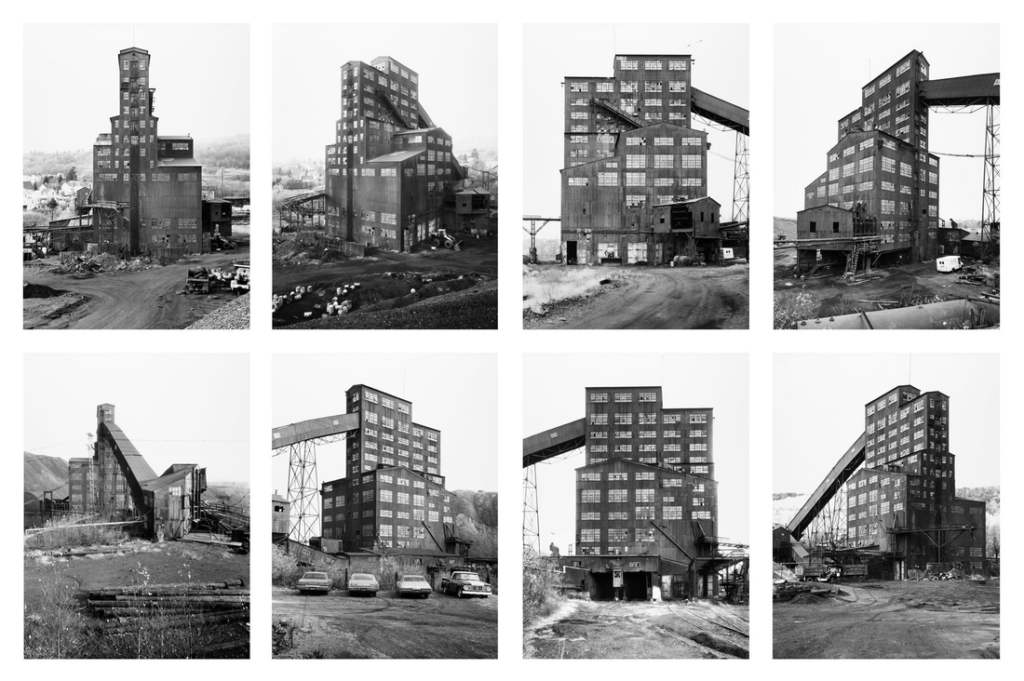
The Bechers
The term ‘Typology’ was first used to describe a style of photography when Bernd and Hilla Becher began documenting dilapidated German industrial architecture in 1959. The couple described their subjects as ‘buildings where anonymity is accepted to be the style’.
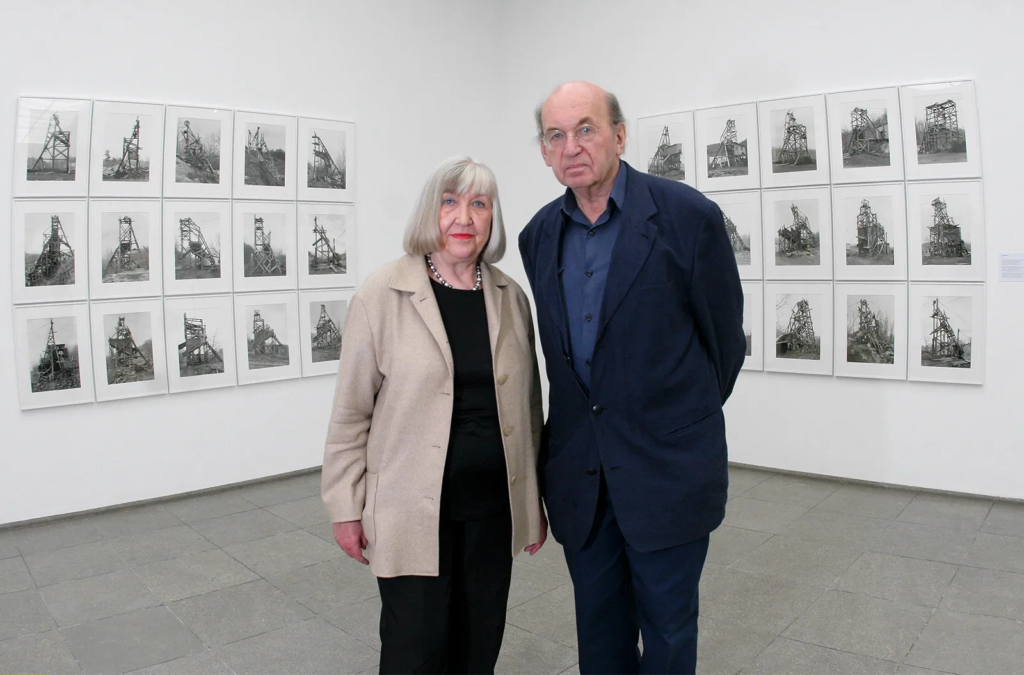
How did Hilla and Bernd Becher become a duo?
They began collaborating together in 1959 after meeting at the Kunstakademie Düsseldorf in 1957. Bernd originally studied painting and then typography, whereas Hilla had trained as a commercial photographer. After two years collaborating together, they married.
What camera did Bernd and Hilla Becher use?
Together, the Bechers first photographed with a 6x9cm camera and then (after 1961) mostly with a large format Plaubel Peco 13×18-centimeter (5×7-inch) monorail camera. They photographed these buildings from a number of different angles, but always with a straightforward “objective” point of view.
What inspired them to begin to record images of Germany’s industrial landscape?
They were fascinated by the similar shapes in which certain buildings were designed. After collating thousands of pictures of individual structures, they noticed that the various edifices – of cooling towers, gas tanks and coal bunkers, for instance – shared many distinctive formal qualities.
My images
I decided to use the idea of car wheels for my typologies. I went around and took multiple photos of random wheels that i found. I then put them all into black and white and cropped them all to a square.

I also decided to try and set them out in different, more creative ways.



